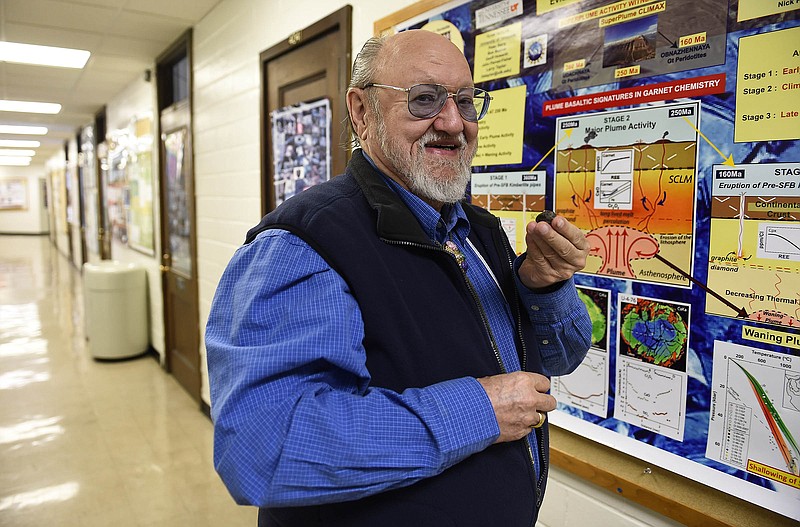There may be 30,000 diamonds lodged inside a golf-ball-sized stone found in Siberia last year, but the rare rock is essentially worthless -- except to scientists, that is.
The tiny diamonds are less than a millimeter in size, giving them no commercial value.
But finding a rare cluster of diamonds in one small rock makes it a trove of information for researchers like Larry Taylor, a University of Tennessee geologist who is trying to better understand how exactly the gems are formed.
View more at our news partner's website, knoxnews.com.

